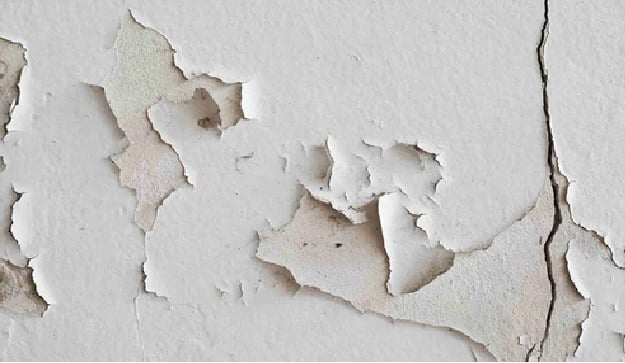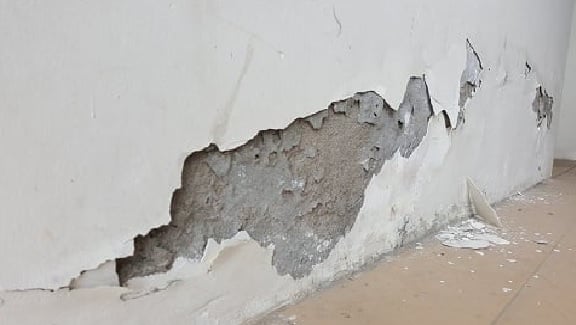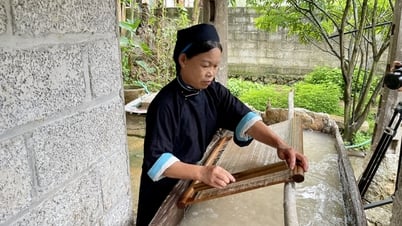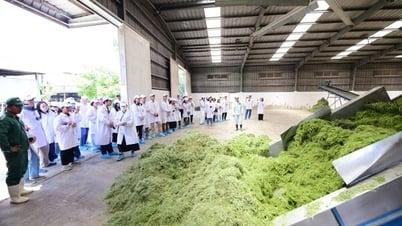The cause of blistering walls may be due to salting. Salting occurs when bricks are not fired at the right temperature or contain many salt-forming impurities or when construction sand and sand contain many dirty impurities.

In addition, peeling walls can also occur due to other reasons such as walls exposed to high temperatures (direct sunlight), improper painting techniques causing uneven painting, creating many holes on the surface; not cleaning the wall surface before painting or construction in unfavorable conditions (temperature too low or too high).
How to deal with blistering and peeling walls
Use wallpaper, foam wallpaper
Using wallpaper and foam wall stickers is only a temporary solution to deal with mold and peeling walls. To cover up moldy and peeling walls, you can choose to use PVC plastic pieces or wall stickers, wallpaper to stick on top. Before sticking, you must scrape off the peeling paint.
This method helps to handle the problem quickly and saves costs, but is only a temporary solution to the aesthetic problem, and cannot completely solve the problem of moldy walls, peeling due to water seepage, poor quality of old paint...

For heavily blistered walls
Use sandpaper to clean the wall surface after removing the old paint. Use a broom or cloth to wipe the wall clean. Wait for the wall to dry completely, let all the moisture escape (about 1 week) before repainting the primer, finishing paint...
The wall is peeling too badly.
In case the wall is severely peeling, you may have to chisel out all the plaster around the wall to handle it.
You should remove all the loose mortar, widen it by 10cm, then apply a layer of oil mortar to increase the adhesion between the new plaster and the tiles. When using new plaster, you need to sift the sand thoroughly before using.
Wait until the wall is completely dry before applying alkaline-resistant paint and then finishing paint.
Moldy walls can also be affected by salting. To treat this, you need to prepare a basin of clean water, a rag, and a wire brush. Use the wire brush to remove all the paint on the outside. Then, brush deeper into the wall to remove the mold at its roots.
Then, use a clean cloth soaked in boiled water or 90-degree alcohol to wipe the wall that has just been scrubbed many times. When heated, the alcohol will penetrate deep into the wall, helping to remove the remaining salt layers better. Wait 48 hours for the wall to dry completely before rolling on new paint.
Note, when it is rainy and humid, you should not proceed to deal with the problem of blistering and peeling walls.
Source







































































































Comment (0)